Date: 20 September 2011
Its unique glass-to-metal compression sealing technology has proven to provide highest safety in extremely harsh environments such as LNG vessels and terminals. As Liquefied Natural Gas (LNG) is being used in more and more large-, mid- and small-scale facilities, the demand for the safety-critical component is on the rise.
Over the past decades, natural gas has become an important energy carrier throughout the world. Liquefied at -162° Celsius and transported in highly insulated tanks, LNG has proven to be no less safe than other fuels. The demand remains on the rise, especially since Germany and Japan will increase their orders to compensate for the reduced use of nuclear power. In addition, tighter international regulation of pollution is driving the development of new LNG-fueled applications.
The shipping industry, largely unregulated in the past, might now become a forerunner in using natural gas as a clean and still rather cheap fuel alternative to heavy bunker oils. LNG is used in Norwegian coastal shipping since 2000 with significant reductions of pollution and an excellent operating and safety record. Since the Baltic and North Sea have become the Emission Control Areas (ECAs) with tight limits, small-scale LNG infrastructure is being extended throughout the region.
“By 2015, the allowable sulphur limit for bunker fuel in ECAs will be reduced to 0.1 percent”, says Jürgen Harperscheidt, Sales Manager at TGE Marine Gas Engineering GmbH, a leading engineering company for LNG facilities. “Natural gas is the cleanest of all available fossil fuels. But in order to support its use, logistics chains, gas handling and storage systems need to be installed that ensure the safe delivery of LNG from the principal supply source to the ship’s bunker. Thereby great importance is attached to safety.”
Besides the technical aspects, crews off- and onshore have to be educated in handling cryogenic fuel safely. In many cases, LNG guidelines in harbors also need to be overhauled. The next ECA will be implemented in 2012 along most of the US and Canadian coastlines. The Mediterranean Sea, the Caribbean Islands as well as several regions in Southeast Asia might be the next to adapt the ECA regulations.
“LNG is increasingly being used in smaller scale facilities and maritime propulsion,” says Thomas Göttlinger, Project Engineer LNG at SCHOTT Electronic Packaging. “Most LNG storage tanks require at least one feedthrough to supply the internal pumps, control and instrumentation instruments with electricity. Certified in accordance with ATEX and IEC standard our hermetic glass-to-metal seal is the safest solution available.”
Thanks to their unique design, feedthroughs from SCHOTT offer an extremely high level of security. They consist of metal conductors, a non-aging, inorganic glass sealant and a metal housing. The preassembled component is heated up to a temperature at which the glass melts to the metal. During the cooling process, the metal housing contracts to a much greater extent than the glass does. This compression creates a highly pressure-resistant and hermetically sealed unit. By using the compression glass-to-metal sealing technology and by optimizing material combinations and manufacturing processes for extreme applications, SCHOTT has captured the technology leader position this market. The international technology group started manufacturing the first glass-to-metal feedthroughs for liquefied gas applications in the early 1980ies. These products are still doing their jobs today without requiring any maintenance or causing any problems.
SCHOTT Electronic Packaging is a worldwide leading manufacturer of electrical penetrations for harsh environment applications like LNG vessels, terminals and nuclear power plants. With worldwide 1,500 employees at 5 production locations and several competence centers, local customer support and co-developments are the heart of the business. Drawing upon 125 years of experience, SCHOTT´s feedthroughs for submerged pumps are installed in storage tanks, LNG vessels and in power generators for CNG. SCHOTT’s feedthroughs are ATEX certified and remain maintenance free over decades. They are based on the proprietary glass-to-metal sealing technology, which is deemed to be the safest technology available today.




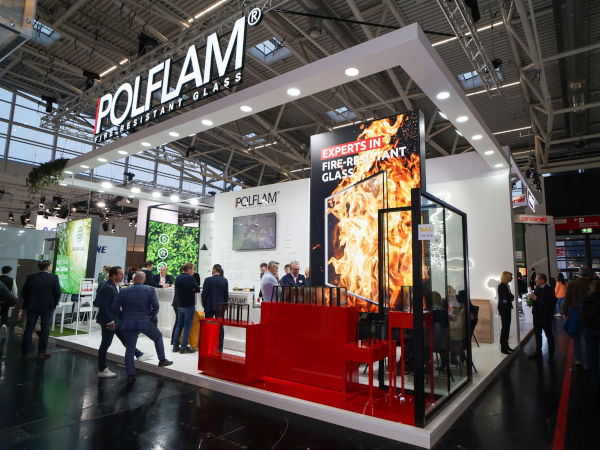







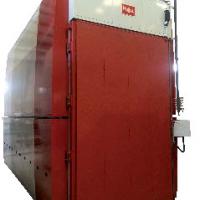

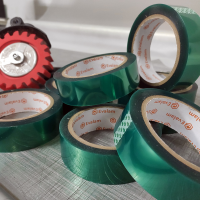
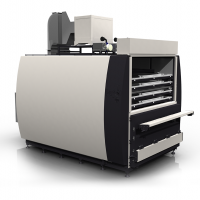

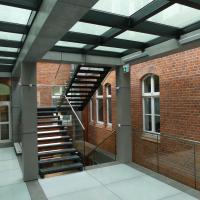
Add new comment